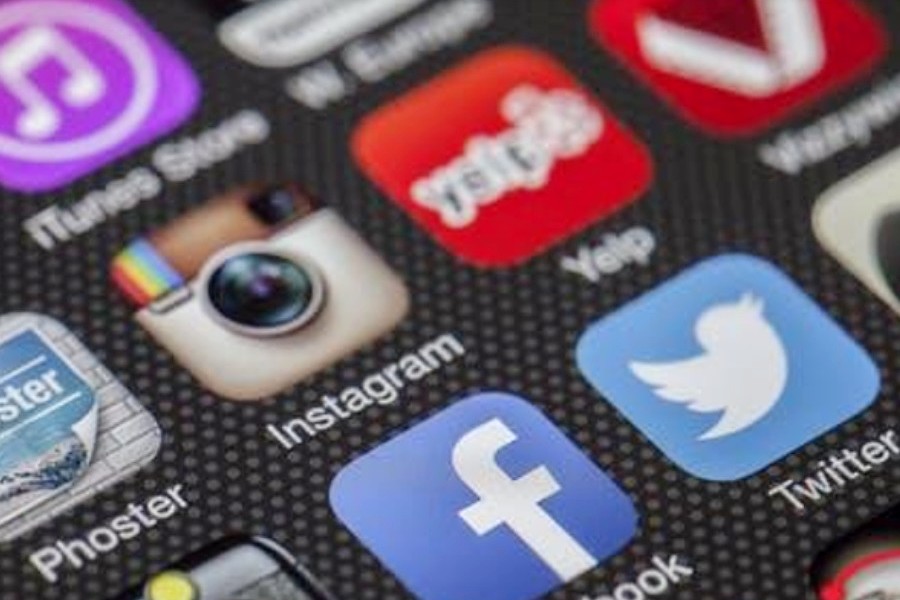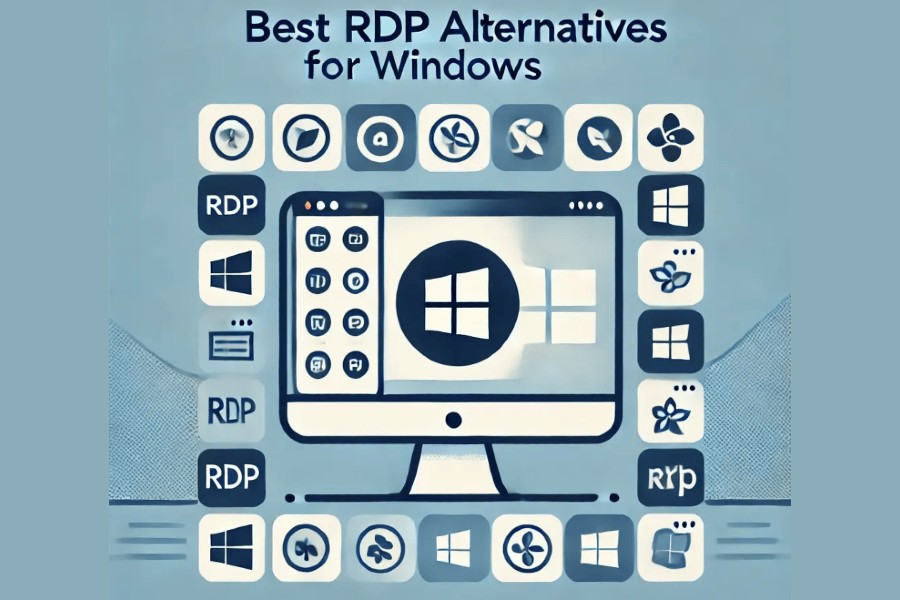
Social media has transformed into a powerful platform for business, personal branding, and economic growth.
With billions of active users across various platforms, social media has become a valuable space for influencers, brands, and individuals to earn income. One of the most effective ways to monetize social media in 2024 is through dropshipping. This business model allows you to sell products without holding inventory, making it an ideal option for entrepreneurs looking to start a business with low upfront costs.
What Is Social Media Monetization
Social media monetization refers to generating revenue through social media channels. It involves leveraging the audience, content, and engagement on platforms like Instagram, TikTok, and YouTube to create income streams. Monetization strategies vary based on platform capabilities and audience engagement, including brand partnerships, affiliate marketing, digital products, subscription-based models, and more.
Platforms now offer multiple built-in monetization tools to support creators. For example, YouTube’s Partner Program, Instagram’s branded content tools, and TikTok’s Creator Fund help users earn directly from content creation. Monetization can range from small supplementary income to a full-time livelihood, depending on consistency, content quality, and audience growth.
Why You Should Monetize Social Media
Monetizing social media offers numerous benefits, from financial independence to creating diverse revenue streams.
- Passive Income Opportunities
Social media enables users to generate passive income. For instance, once a YouTube video is posted and monetized, it can continue to earn revenue through ads even as it accumulates views over time. Similarly, an evergreen Instagram post promoting an affiliate product can continuously earn commissions without additional effort.
- Expands Personal and Brand Reach
Monetizing social media can expand a brand’s reach as monetization tools often come with features that push content to a broader audience. Sponsored content, ads, and brand collaborations often receive priority placements, increasing engagement.
- Community Building and Influence
Monetizing social media allows individuals to deepen their influence within a community. By offering premium content, advice, and collaborations, creators can grow a loyal following willing to support them financially. This dynamic community support fosters growth and creates lasting relationships.
- Flexibility and Scalability
Social media provides unique flexibility in terms of where and when to work. Content creation is scalable based on individual effort, making it possible to grow income potential without heavy investments.
How to Monetize Social Media
In today’s digital age, social media has evolved beyond just a platform for social interaction; it has become a powerful tool for individuals and businesses to generate income and build sustainable revenue streams. Here are ways to monetize social media:
- Sponsored Content and Brand Partnerships
One of the most popular methods of monetizing social media is through sponsored posts and brand partnerships. This approach works particularly well for influencers with a substantial following. Brands approach influencers to promote their products or services in exchange for payment or free products. For platforms like Instagram, TikTok, and YouTube, creators can partner with brands that resonate with their audience, increasing authenticity and engagement.
- Affiliate Marketing
Affiliate marketing involves promoting a product or service and earning a commission on each sale made through a personalized link. This method is ideal for creators with a smaller following who are active in a specific niche, as brands often look for affiliates with engaged audiences who can generate authentic recommendations. Platforms such as Amazon, ShareASale, and CJ Affiliate offer a range of affiliate programs that creators can join to get started.
- Selling Digital Products
Content creators often sell digital products such as e-books, courses, and templates directly through their social media profiles. This approach enables creators to monetize expertise, whether it’s in fitness, business, art, or education. Digital products are convenient as they have minimal overhead and can reach a global audience instantly. Instagram and TikTok have become popular for promoting e-books or mini-courses, with creators using platforms like Gumroad, Teachable, or Thinkific for distribution.
- Subscriptions and Memberships
Social media platforms like YouTube, Patreon, and even Instagram have incorporated subscription features, allowing followers to pay for exclusive content. For instance, YouTube offers channel memberships where subscribers can pay monthly fees for access to exclusive videos, live chats, or badges. Creators can also use platforms like Patreon to provide a tiered membership system with exclusive benefits for paid subscribers.
- Ad Revenue Sharing
Ad revenue sharing is available on platforms like YouTube, Facebook, and TikTok, where creators earn money from ads displayed alongside or within their content. YouTube’s Partner Program, for example, provides a significant income stream for eligible creators. Similarly, TikTok’s Creator Fund pays creators based on video views and engagement. However, this model is often best suited for creators with a substantial view count, as revenue can be relatively low for smaller accounts.
- Live Streaming and Virtual Gifting
Platforms like TikTok, YouTube, and Facebook allow viewers to send virtual gifts to creators during live streams, which can be exchanged for cash. Live streaming is interactive and fosters a close connection between the creator and the audience. Platforms also reward engagement during live streams by increasing visibility and engagement, creating a positive cycle that drives more revenue.
- Crowdfunding and Donations
Crowdfunding platforms like GoFundMe, Kickstarter, and social media donation features on platforms like Instagram or YouTube allow creators to receive support from their audience. Crowdfunding can fund specific projects, such as creating a film, publishing a book, or supporting ongoing creative work. Creators often provide updates and exclusive rewards to those who contribute, fostering goodwill and community loyalty.
- Licensing Content
Social media creators can license their content for use by brands, media outlets, or even other creators. Platforms like YouTube and Instagram allow creators to retain the rights to their content, which can then be licensed out for commercial use. This is particularly popular for photographers, videographers, or creators who specialize in high-quality visuals. Sites like Shutterstock and Adobe Stock also offer avenues for licensing visual content, providing creators with a steady income stream.
- Social Commerce
Social commerce integrates e-commerce with social media, allowing users to make purchases directly within the platform. Facebook Shops, Instagram Shopping, and TikTok Shopping enable creators and businesses to showcase products, allowing users to purchase without leaving the platform. Social commerce is effective for creators with a strong personal brand, as they can sell merchandise, services, or other products directly to their audience.
- Offering Coaching or Consultation Services
Many professionals in fields like fitness, business, or mental health offer coaching or consultation services to monetize their expertise. Social media is an excellent platform for promoting these services by sharing tips, showcasing client testimonials, or providing a taste of the coaching experience. Platforms like Instagram or LinkedIn are especially popular for building a client base for coaching services.
Conclusion
Social media monetization in 2024 offers diverse, accessible pathways for individuals and brands to earn revenue, build influence, and establish new business models. With strategic planning, consistent engagement, and high-quality content, creators can transform their social media platforms into reliable sources of income. From affiliate marketing and ad revenue sharing to digital product sales and social commerce, monetizing social media is achievable for everyone from micro-influencers to major brands. As social media platforms continue evolving, so will the monetization opportunities, making it an exciting space for creators looking to grow and thrive financially.
Related Posts
- Broadway’s Rising Stars Converge: A Day Of Inspiration At Broadway Express y Más
- Adams, Hochul And More Toast $5 Billion Housing Plan: Building Dreams Together!
- Alicia Graf Mack, Dancer, Educator, And Leader Appointed Artistic Director Of Ailey
- Update: More Illnesses Have Been linked To The McDonald’s E. Coli Outbreak
- Bronx: NYWF’s 30th Annual Dinner Honors Community Leadership And Purpose
- God’s Love We Deliver Joins Melba Wilson For Special Thanksgiving Turkey Giveaway In Harlem
- Unlocking Business Growth With Strategic SEO Practices
- How To Boost Instagram Story Views Effectively
- The Pros And Cons Of Major Types Of Grills
- Los Angeles: Yuletide Cinemaland, A Festive Celebration Of Holiday Spirit
- French Heritage Society Fêtes Reopening Of Notre-Dame Cathedral At “Celestial Ball” In New York
Become a Harlem Insider!
By submitting this form, you are consenting to receive marketing emails from: . You can revoke your consent to receive emails at any time by using the SafeUnsubscribe® link, found at the bottom of every email. Emails are serviced by Constant Contact








